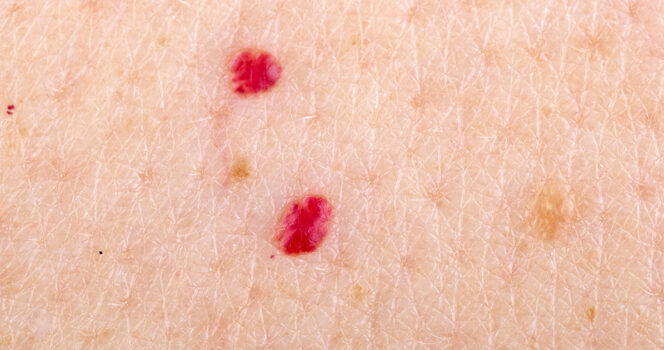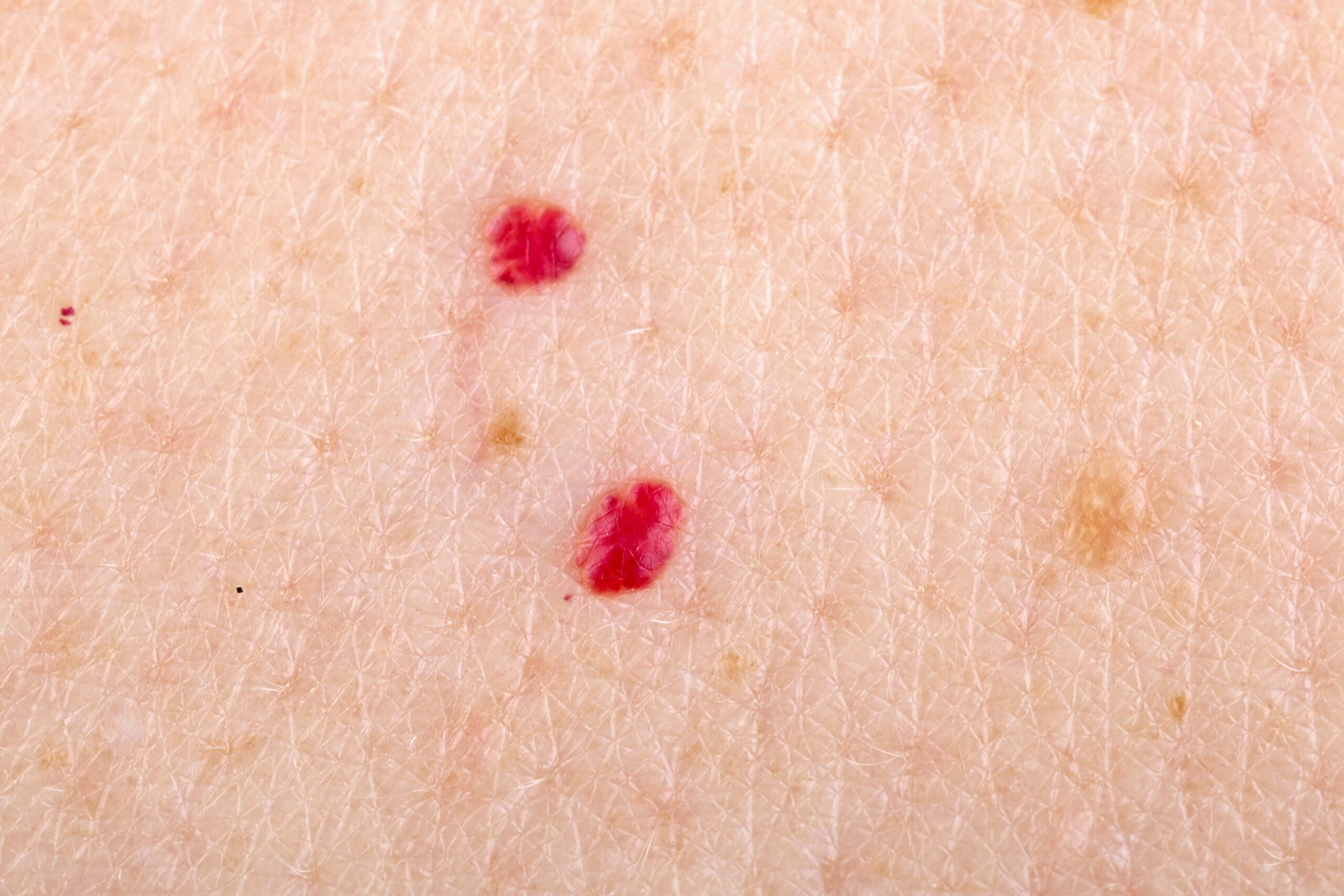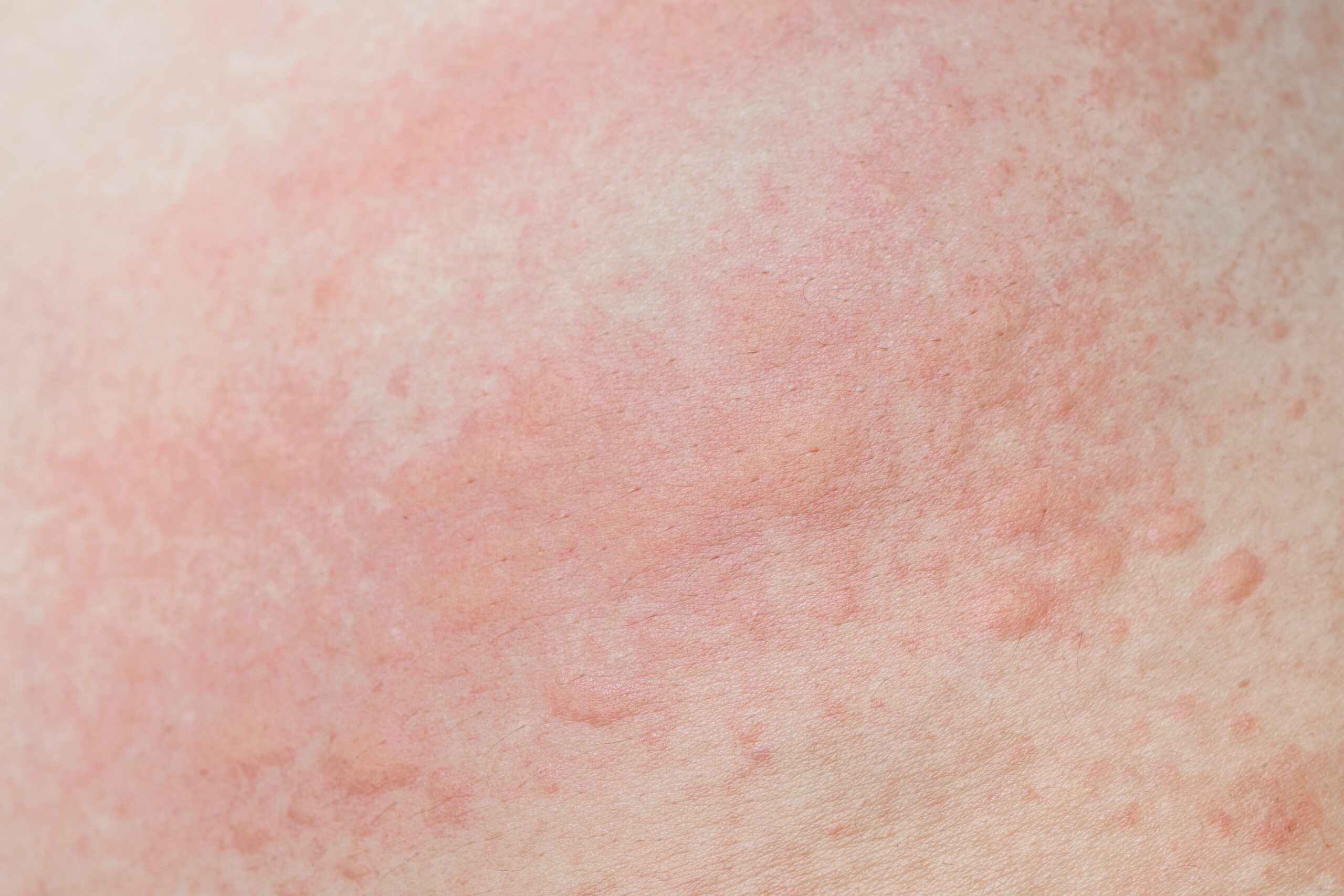
Always Keep an Eye on Your Skin
If you’re like me, you probably check your body often for lumps, bumps, bruises, or anything that looks out of place.
Call it cautious or even paranoid—I just prefer to stay aware of changes and ready to seek help if needed.
A Surprising Find
So, imagine my shock when I spotted a cluster of red dots on my shoulder one morning.
Naturally, I turned to the internet for answers.
To my surprise, red dots on the skin are more common than I thought.
What Do Red Dots on the Skin Mean?
Red dots vary in size, shape, and color. Their causes can range from harmless to more serious.
Below are some common explanations:
Petechiae and Purpura
These tiny red dots appear when small blood vessels break under the skin.
Possible causes: stress, coughing, or medications.
Usually harmless, though sometimes linked to platelet disorders or other conditions.
Cherry Angiomas
These are small, raised, bright red bumps caused by blood vessel overgrowth.
Good news: they’re harmless and tend to increase with age.

Heat Rash
This common condition occurs when sweat gets trapped in sweat ducts.
Symptoms: itchy, red dots that usually appear in warm or humid environments.
Allergic Reactions
Often triggered by food, medications, or insect stings.
Look for: red, itchy rashes or hives.
Folliculitis
An infection or inflammation of hair follicles.
Result: red, pus-filled dots that can feel sore or itchy.
Causes: bacteria or fungi.
Cellulitis
A bacterial infection that causes redness, swelling, and warmth.
Important: this condition needs medical attention and antibiotics.
Impetigo
A contagious skin infection, especially common in children.
Symptoms: red sores that ooze, then form a crust.
Action: treat promptly to prevent spreading.

Vasculitis
This involves inflammation of the blood vessels.
Causes: autoimmune issues or infections.
Symptoms: red dots on the skin, often with other systemic signs.
Hemangiomas
These are birthmarks made from clusters of blood vessels.
Usually harmless, though sometimes monitored by a doctor.
When to See a Doctor
Most red dots are nothing to worry about. However, you should seek medical advice if:
-
The red spots come with fever, pain, or swelling
-
They spread quickly or grow in size
-
You notice fatigue, dizziness, or weakness along with them
Stay Informed
Found this helpful? Don’t miss the story below for more useful health insights.




